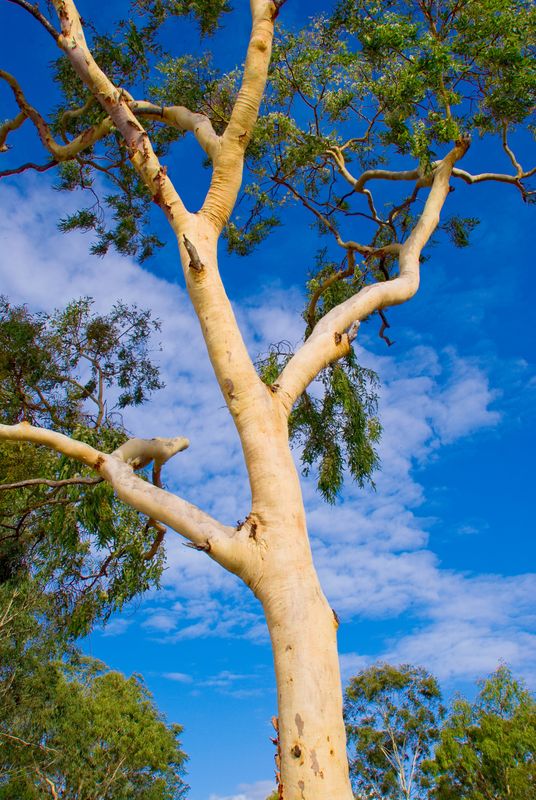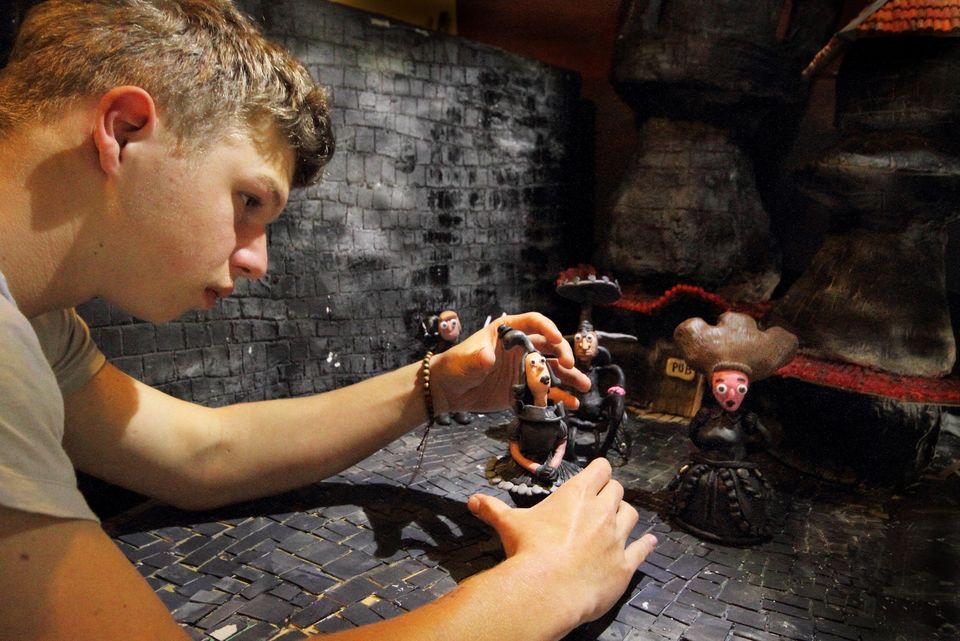Tree Management in Australian Schools
Trees are known for their numerous functions. Traditionally, they are known to contribute towards the appearance of an area. Australian communities understand the environmental importance of trees, and take pride in their aesthetic value.
Tree management in Australian schools needs to respect the land’s requirements and the laws which govern tree protection. Laws protecting trees vary considerably across Australian territories and states. These laws are categorized with respect to the location of the tree species and mostly, trees are generally classified in reference to their indigenous or heritage nature.
SA and ACT provide detailed statutes in the protection of indigenous and non-indigenous tree species. Proper tree management practices in Australian schools should consider the central themes related in tree protection laws. These requirements state that, trees that have been declared as pest species are free from protection and can be cut for maintenance purposes.
In the ACT registered and regulated trees are well protected. Regulated trees are trees whose width canopies are over 12m and are 12m and above. Also, regulated trees have a trunk’s circumference of 1.5m and above and they should be at least 1m from the level ground. When such a tree is in the school compound, it should not be felled, destroyed or be major pruned or undergo any activity that will reduce its life expectancy. Minor pruning is however allowed, but AS 4373 has to be followed. In the event that a tree is permitted to be removed, SA requires that two trees to be planted to replace the cut regulated tree. For significant trees, three trees should be planted to replace the cut tree. In addition, a fee of $75 is charged against every cut tree (EDO NSW).
NSW public schools are now required to seek the services of qualified and experienced arborists to help in reviewing tree safety at the schools (Tree maintenance at NSW Public Schools). Mostly, the trees that are liable for review are those that overhang the school’s playground areas and buildings. Mainly, the trees given priority in the review process include the gum trees and trees that are considered to be tall.
Trees located in and around the school compounds should be protected and their balance maintained. This is because once the tree is fully grown one has to obtain a permit in order to remove it from its environment. The Northern Territory does not have strict penalties against those who break laws in tree protection. In New South Wales and Western Australia local government is in charge of tree protection and management. The Government of NSW has established a Standard Instrument LEP in the cause of preserving trees (EDO NSW). Biodiversity preservation should be practiced in all Australian schools that are focused in environmental conservation practices.
A good tree management plan will involve the school’s authority, the staff, community and students. All these groups of people need to have common ground and vision in making the environment a better and sustainable place. Trees and branches that tend to fall are generally considered to be hazardous. A hazardous tree is one that is potential to a complete fall or one that has defects in its structural appearance and could easily result in collapse and falling of the branches and the tree itself (Waverley Council, 2007).
Some Australian tree species are hazardous in nature and can cause injuries to people and students when they fall or their limbs break. Some of these dangerous species are Eucalyptus Saligna, Eucalyptus Camaldulensis, Eucalyptus Regnans, Eucalyptus Maculosa, Corymbia Maculata, Eucalyptus Mannifera, Erythrina Spp, Eucalyptus Viminalis and Eucalyptus Rubida.
Tree management in Australian schools must address basic concerns and challenges that relate to tree management. Trees found in school compounds should be closely monitored to ensure that any form of outcome is anticipated with precision.


